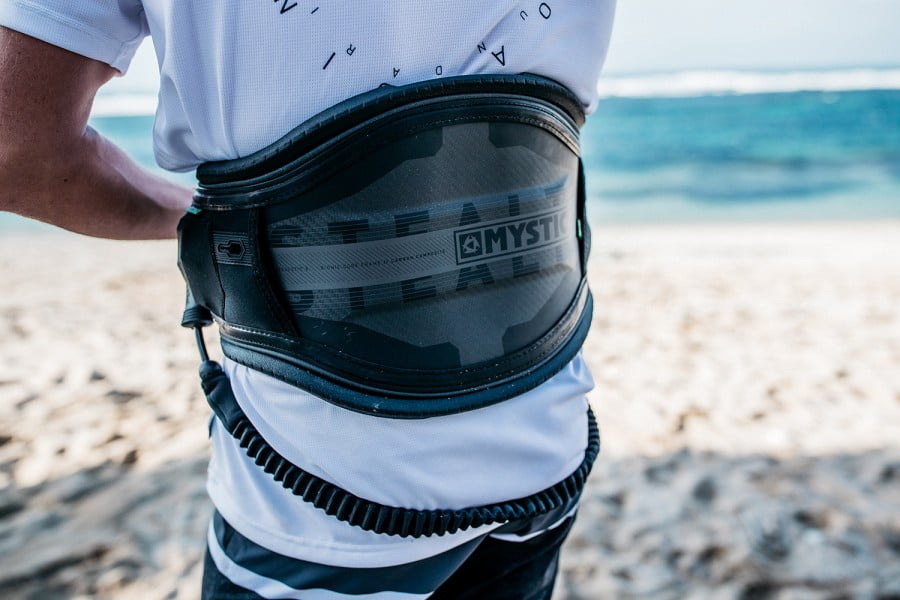How to Choose the Right Kitesurfing Harness: Types, Fit & Pro Tips
Of all the gear in your kitesurfing setup, the harness is arguably the most personal. It affects your comfort, control, and how long you can ride before fatigue or discomfort sets in.
While there's a lot you can read online, the best way to choose a harness is to come in and try a few on. Everyone’s body is different — what feels perfect for one rider might not suit another.
Here’s what you need to know before choosing your next harness.
🎒 The 3 Main Types of Kitesurfing Harnesses
Each type offers different support, flexibility, and use-case benefits. Here’s a breakdown:
1. Soft Shell Waist Harness
- The most common harness style
- Lightweight, compact, and easy to travel with
- Offers moderate support with good freedom of movement
- Popular for wave riding and freestyle due to flexibility
Best for: All-rounders, wave riders, and those who like a more flexible feel.
2. Hard Shell Waist Harness
- Features a rigid back plate for maximum support
- Distributes load across your back to reduce pressure points
- Generally more durable and long-lasting
- Some lock in place, while others allow a bit of swivel
Best for: Riders with back fatigue, heavier wind days, or those who prefer a solid “locked-in” feel.
3. Seat Harness
- Sits lower on the hips with leg straps to keep it in place
- Prevents the harness from riding up — great for beginners
- Offers excellent lower back support
- Ideal for people with back issues or who want more stability
Best for: Beginners, older riders, or those recovering from lower back injuries.
✅ What to Look For When Trying on a Harness
Fit and comfort are everything. A poorly fitted harness can ruin your session. Here’s what to check:
1. Spreader Bar Comfort
- Check that the spreader bar pad isn’t digging into your stomach, ribs, or hips.
- Any rubbing or pinching when standing will be amplified 10x on the water.
2. Rash Shirt Test (for Soft Shells)
- Wear a rashie when testing to mimic real use.
- A good soft shell should feel snug but allow natural swivel — especially for wave riding.
- Don’t overtighten it — the harness should move with your body without restricting you.
3. Glove-Like Fit (for Hard Shells)
- A hard shell harness should feel molded to your body.
- Test for pressure points, especially around the ribs.
- If the harness swivels, make sure it doesn’t dig in — some are made to lock in place.
4. Seat Harness Fit
- Check that the leg straps are snug but not pinching.
- Sit and squat — they should move with you, not cut into your skin.
- The harness should stay low on your hips without riding up.
🧠 Pro Tips From the Kitethrills Team
- Don’t buy just based on brand — comfort beats hype.
- A harness that’s amazing on land might feel different when wet and under tension.
- If you’re unsure, come in for a harness fitting or lesson demo — we’ll help you find your perfect match.
🚀 Ready to Ride in Comfort?
Whether you're chasing waves, boosting big airs, or just starting out, the right harness makes all the difference.


